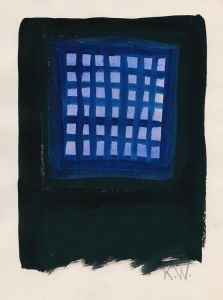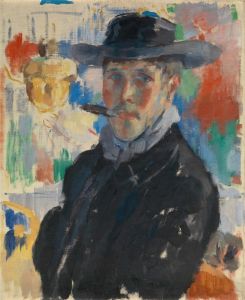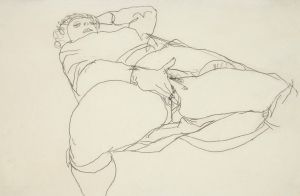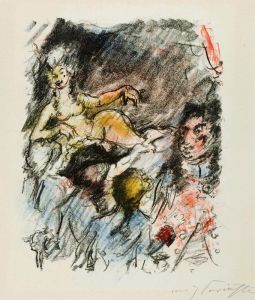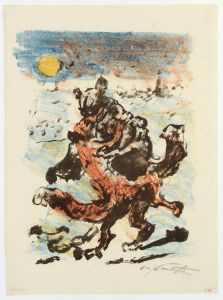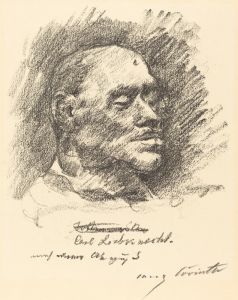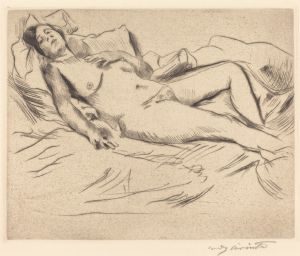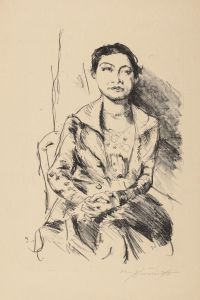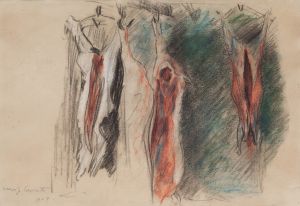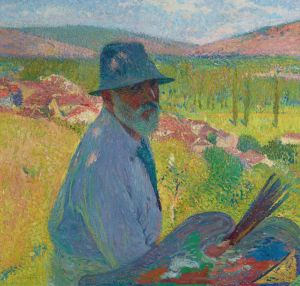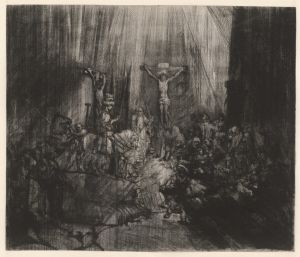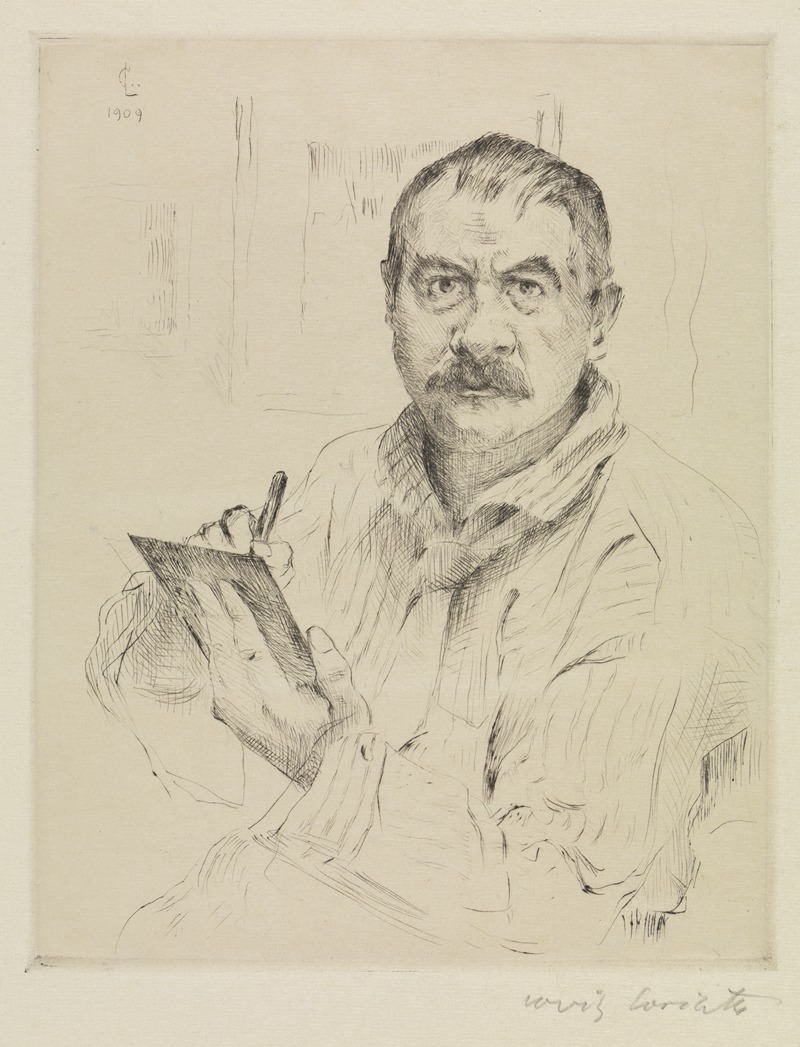
Selbstbildnis, radierend
A hand-painted replica of Lovis Corinth’s masterpiece Selbstbildnis, radierend, meticulously crafted by professional artists to capture the true essence of the original. Each piece is created with museum-quality canvas and rare mineral pigments, carefully painted by experienced artists with delicate brushstrokes and rich, layered colors to perfectly recreate the texture of the original artwork. Unlike machine-printed reproductions, this hand-painted version brings the painting to life, infused with the artist’s emotions and skill in every stroke. Whether for personal collection or home decoration, it instantly elevates the artistic atmosphere of any space.
Lovis Corinth was a prominent German painter and printmaker, known for his contributions to the transition from Impressionism to Expressionism in the late 19th and early 20th centuries. One of his notable works in the realm of printmaking is "Selbstbildnis, radierend," which translates to "Self-portrait, etching." This piece is an etching, a printmaking technique that involves using acid to cut into the unprotected parts of a metal surface to create a design in intaglio (incised) in the metal.
Corinth was born on July 21, 1858, in Tapiau, East Prussia, and he studied art at the Academy of Fine Arts in Munich and later in Paris. His career was marked by a robust exploration of various artistic styles, and he was particularly known for his dynamic brushwork and vibrant use of color. His self-portraits are a significant part of his oeuvre, offering insights into his evolving self-perception and artistic style over the years.
"Selbstbildnis, radierend" is one of Corinth's many self-portraits, a genre he frequently revisited throughout his career. This particular work is an etching, a medium that allows for fine detail and a range of tonal effects, which Corinth skillfully employed to capture his likeness. The etching technique involves drawing with a needle on a metal plate coated with a waxy ground, which is then submerged in acid to etch the exposed lines into the plate. The resulting image can be inked and pressed onto paper, producing multiple copies of the work.
Corinth's self-portraits are often introspective, revealing his interest in exploring his own identity and the passage of time. In "Selbstbildnis, radierend," Corinth presents himself with a direct gaze, a common feature in his self-portraits that suggests a confrontation with the viewer and perhaps with himself. The etching captures the nuances of his expression and the texture of his features, demonstrating his skill in this medium.
Throughout his career, Corinth's style evolved significantly. Initially influenced by Impressionism, his work later incorporated elements of Expressionism, characterized by more dramatic compositions and emotional intensity. This evolution is reflected in his self-portraits, which document not only his physical appearance but also his artistic journey and personal experiences.
Corinth's work, including "Selbstbildnis, radierend," is significant in the context of German art history. He was a member of the Berlin Secession, an art movement that sought to challenge the conservative art establishment in Germany. His contributions to this movement and his exploration of various artistic styles have cemented his place as a key figure in the development of modern art in Germany.
Lovis Corinth passed away on July 17, 1925, in Zandvoort, Netherlands, leaving behind a rich legacy of paintings, drawings, and prints. His self-portraits, including "Selbstbildnis, radierend," continue to be studied and appreciated for their technical mastery and the insight they provide into the artist's life and times.






